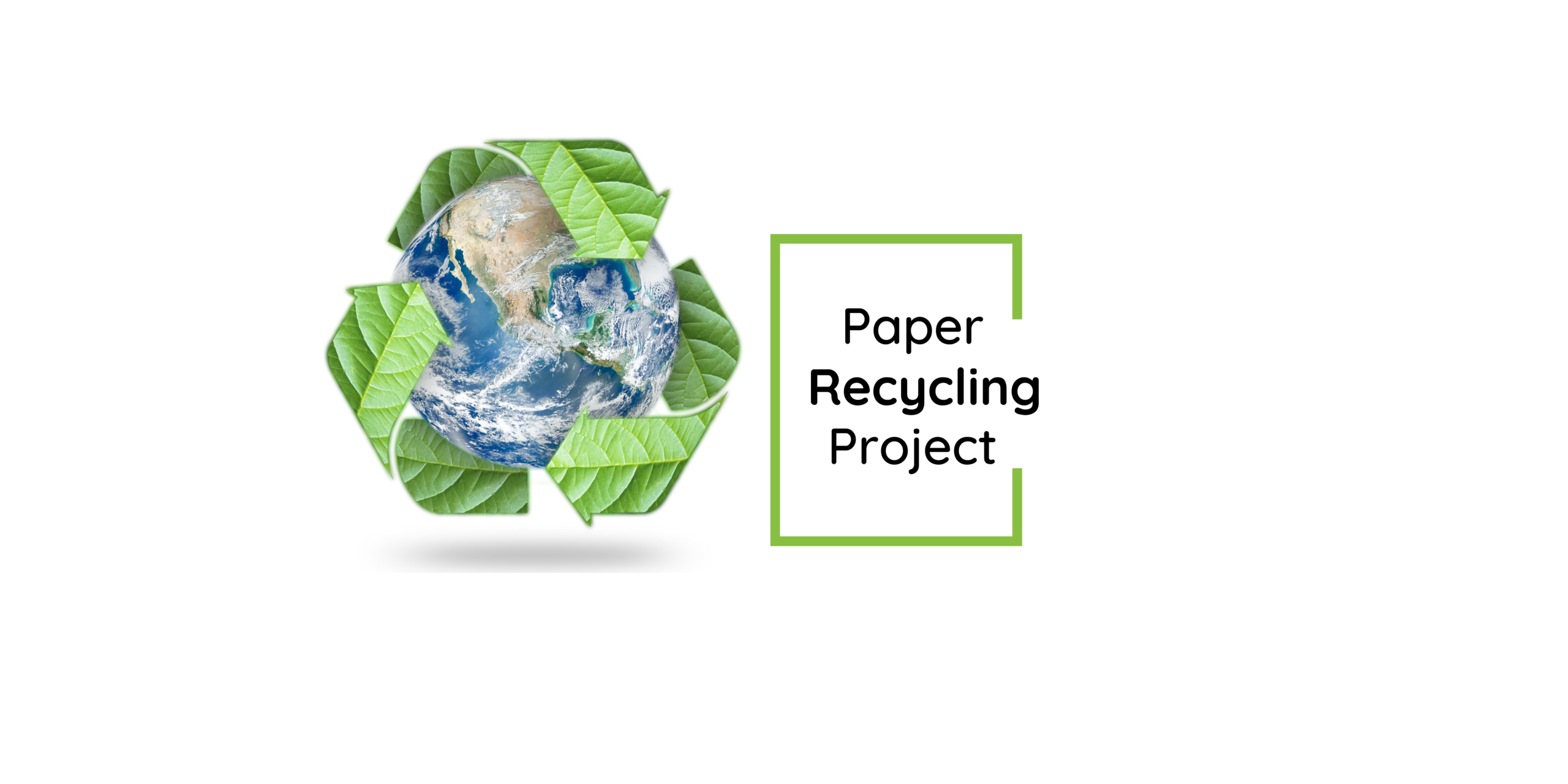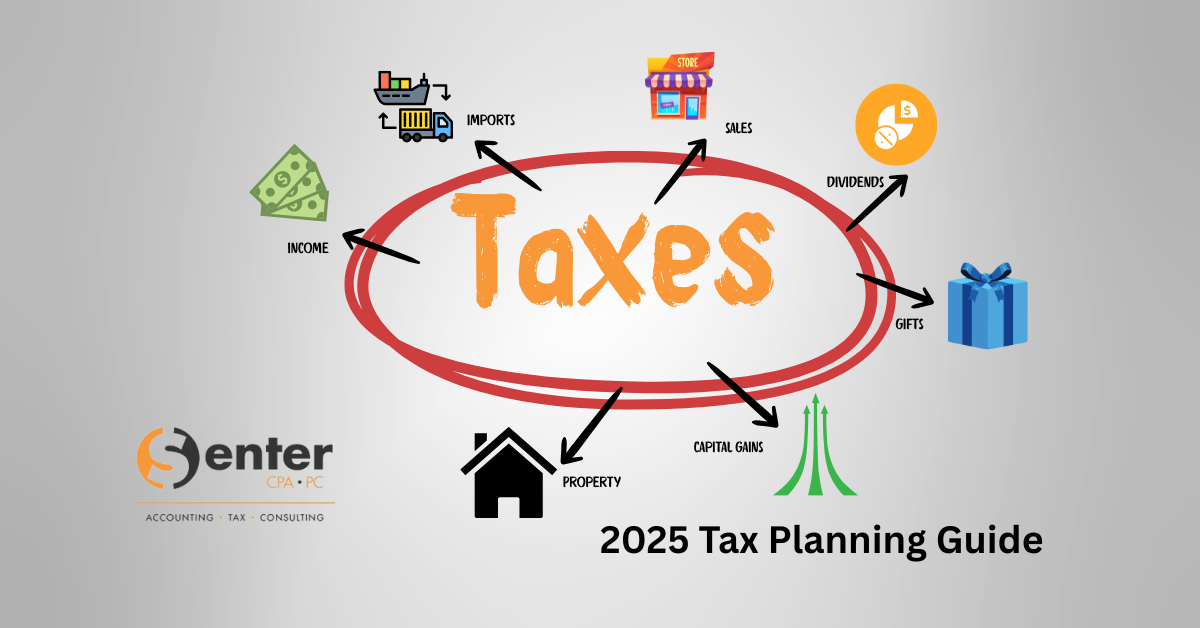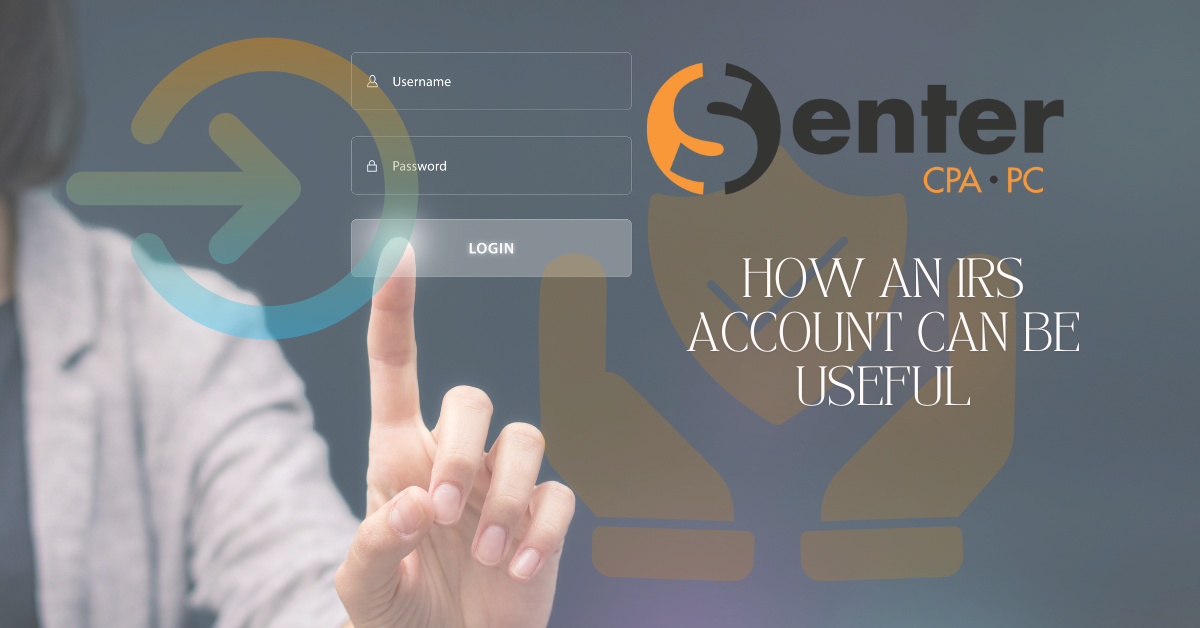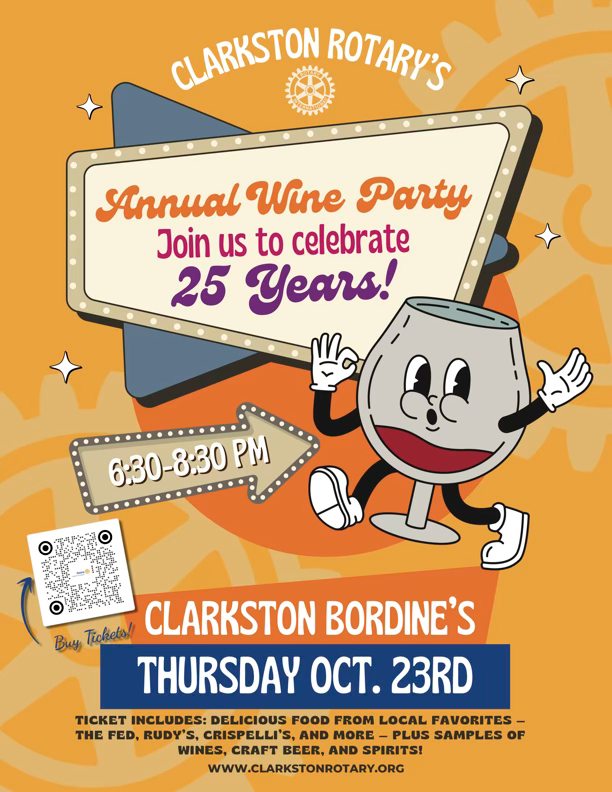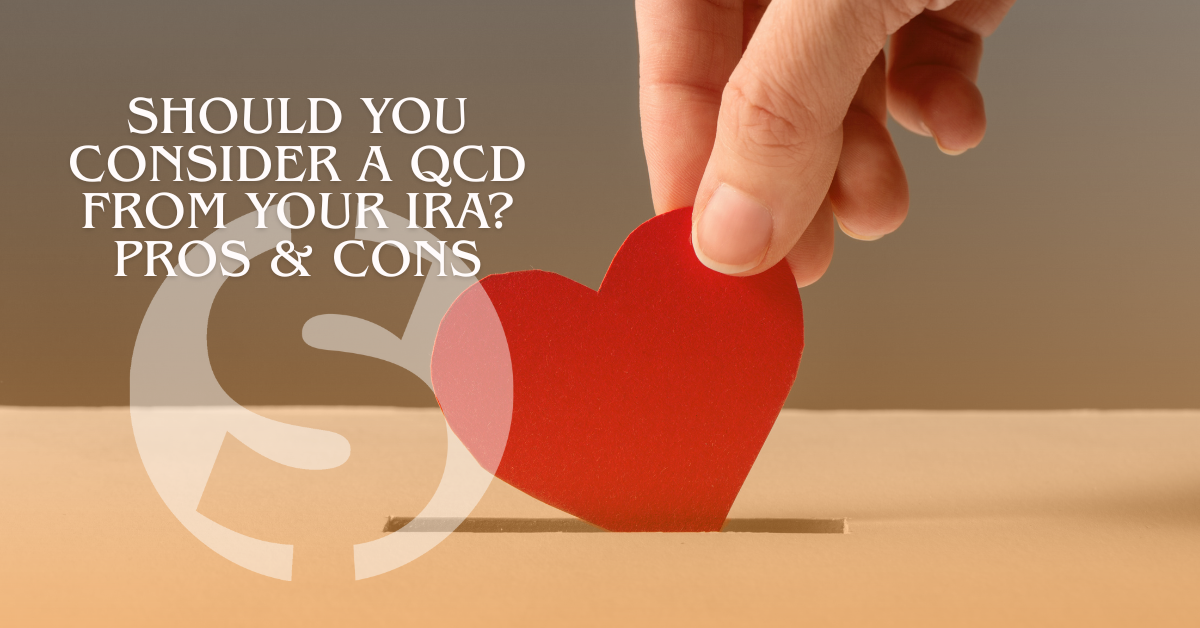The Challenge
Joining the staff as Office Manager at Senter, CPA, allowed me to take the initiative and make positive changes. One of the first items on my list is paper recycling. Our small complex does not offer recycling. So, how does one start the process when it currently doesn’t exist?
The Solution
The solution was really quite simple. Just by placing paper recycle bins under each desk has inspired employees to recycle both here, in the office, and at home.
Our paper is then taken to the Independence Library where a large dumpster-style bin is located in the parking lot. The library receives funds based on the amount of paper collected each month.
Facts
Manufacturing Process
Paper is manufactured most commonly from the pulp of wood. To accomplish this, trees must be harvested and chipped, combined with water, pulped, dried, and pressed into thin sheets. The method of harvesting trees varies, with some being more sustainable than others, but every method uses some amount of this finite resource.
Recycled Multiple Times
Unlike other recyclables, paper fibers have a limited recycled life. Higher quality papers require longer fibers. The recycling and manufacturing process shortens the fibers and makes the recycled paper suitable for alternative and/or lower quality products.
Double the Goodness
It is estimated by the EPA that manufacturing paper from recycled content requires only 60% of the energy it would take to manufacture the same product out of raw materials.
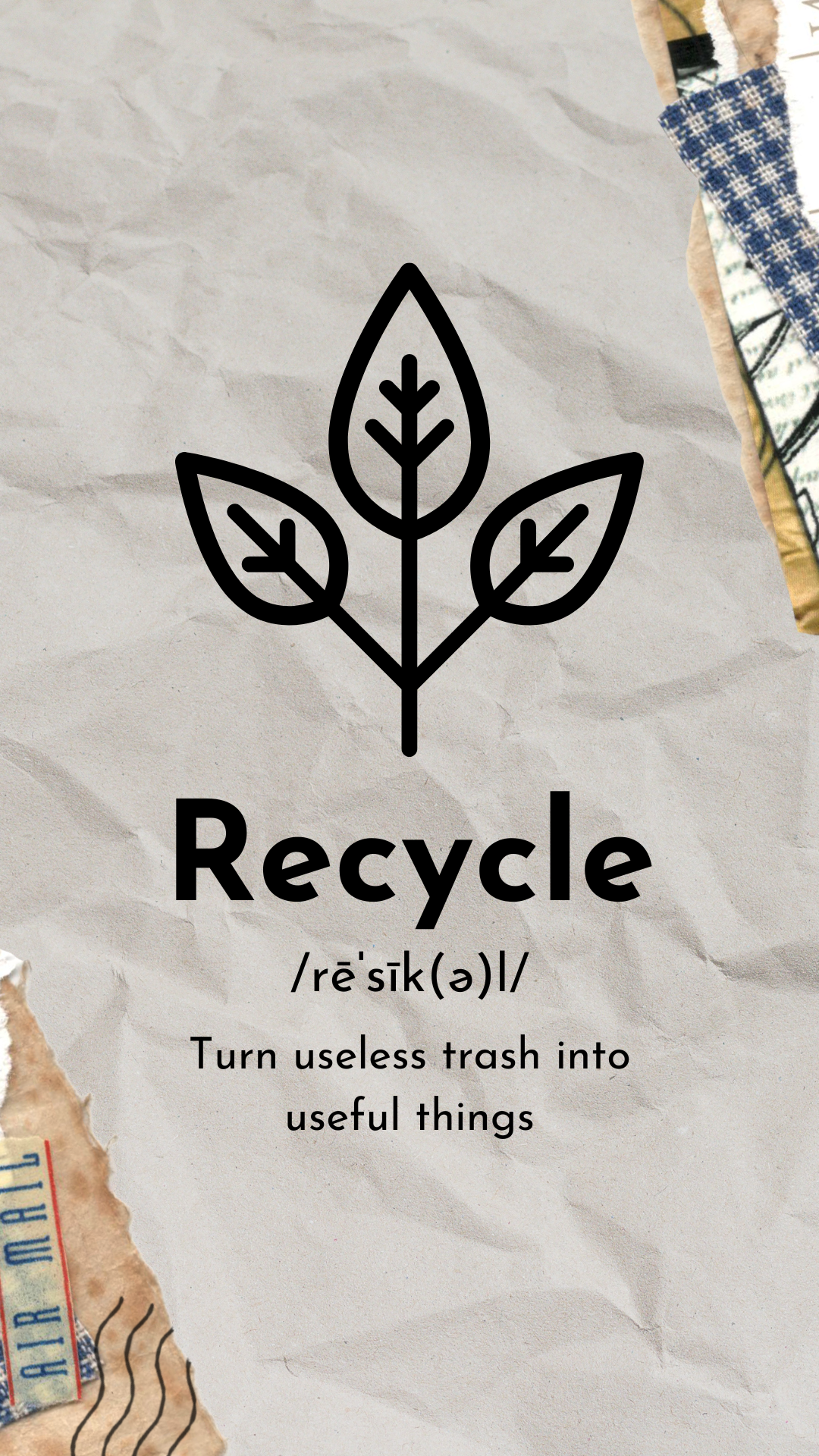
- Paper Recycled (2021) 68%
- Corrugated Cardboard Recycled (2021) 91.4%
- Recycled Paper used for Corrugated Cardboard 49%
Each full bin holds one ton of paper. Each ton of paper can save 17 trees. In addition, this saves 4,000 kilowatts of energy, 380 gallons of oil, and 7,000 gallons of water.
Accepted Items
Paper placed in the Paper Retriever bin is directly recycled back into newsprint within a few weeks of it being collected. Acceptable materials include newspapers, magazines, catalogs, books, office paper, school paper, paper back books and mail with no need to sort.
Items that are NOT collected are cardboard and phone books.




